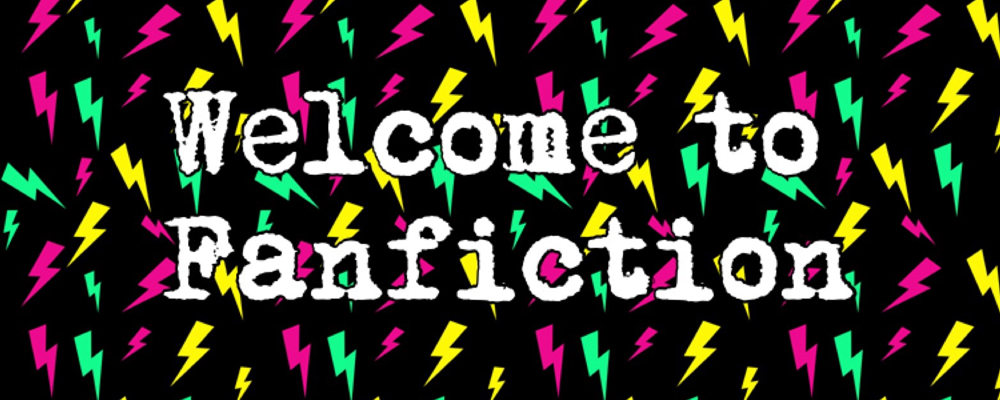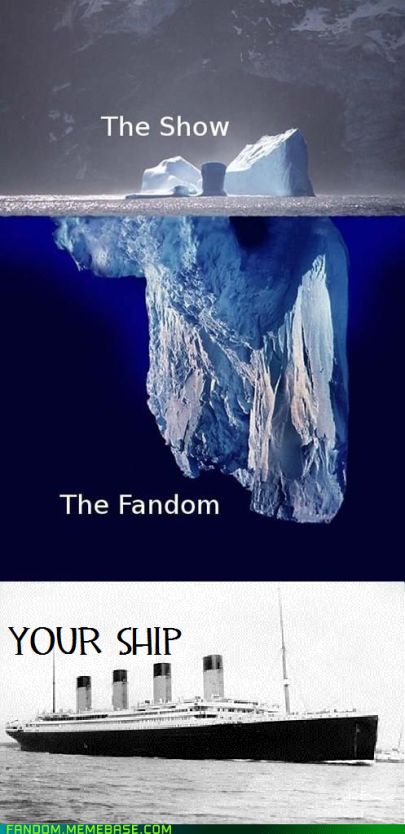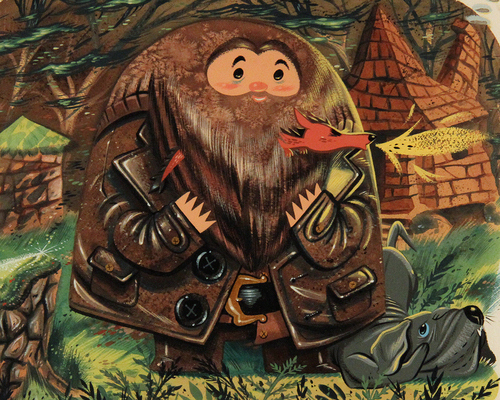What is a digital genre?
Tweets are certainly an example of a digital genre, Facebook posts another. But how about fanfiction? Is that not another digital genre?
The art of creating stories based off of another person’s work has surely been around since before the huge increase of digital spheres; but it is arguable that without the internet such hobbies as writing fanfiction would not be so widely done and accepted.
Sites such as Fanfiction.net allow users to post their work for others to search for and find. The overall concept of fanfiction is that writers take characters and worlds that have already been created and build onto the story, create their own “pairings” or couples, or add in their own characters, labeled oc. From there the stories can fall into any other genre: romance, friendship, comfort, etc.
What makes the art of fanfiction a different digital genre is the lingo, the fan base, the collaboration, and the idea that anyone knows that there are certain rules that combine to create the work.
The art of writing fanfiction may not be the most unique or concrete digital genre but it has a life of its own online. Not only can stories be found online but as an extension there is fanart, gifs, comic strips, etc. Fanfiction and fan driven responses to works in the world touch on every single artistic outlet. All someone needs to do is google a topic and most likely there will be fanfiction, fansites, fanart, etc.
What is so interesting is how devoted these fans are to their digital genre, and how it translates into the physical world and everyday life. The people in this sphere are creating beautiful things from an idea that originates somewhere else. It is also interesting to see how much of the cannon from the show, or the events that actually occur, find its way into the fanbase. Of course it is also interesting to see what is changed, who is paired together. Or as it is known, a ship.
But then this digital genre raises the question about what is right, how much is ethical. Many times authors will add disclaimers in their description boxes, detailing how the characters are not their own, saying who the belong to. But others never mention any of the respective owners. By taking another entities characters and stories and recreating them in their own image how much of this art is plagiarism? Can these writers and artists be convicted for the intellectual theft? Can they do anything if their own work is stolen?
The internet would tell us that fanfiction and everything that is connected to it is here to stay. Writers and artists should take caution. But never should they stop creating in this rich, beautiful digital genre.


